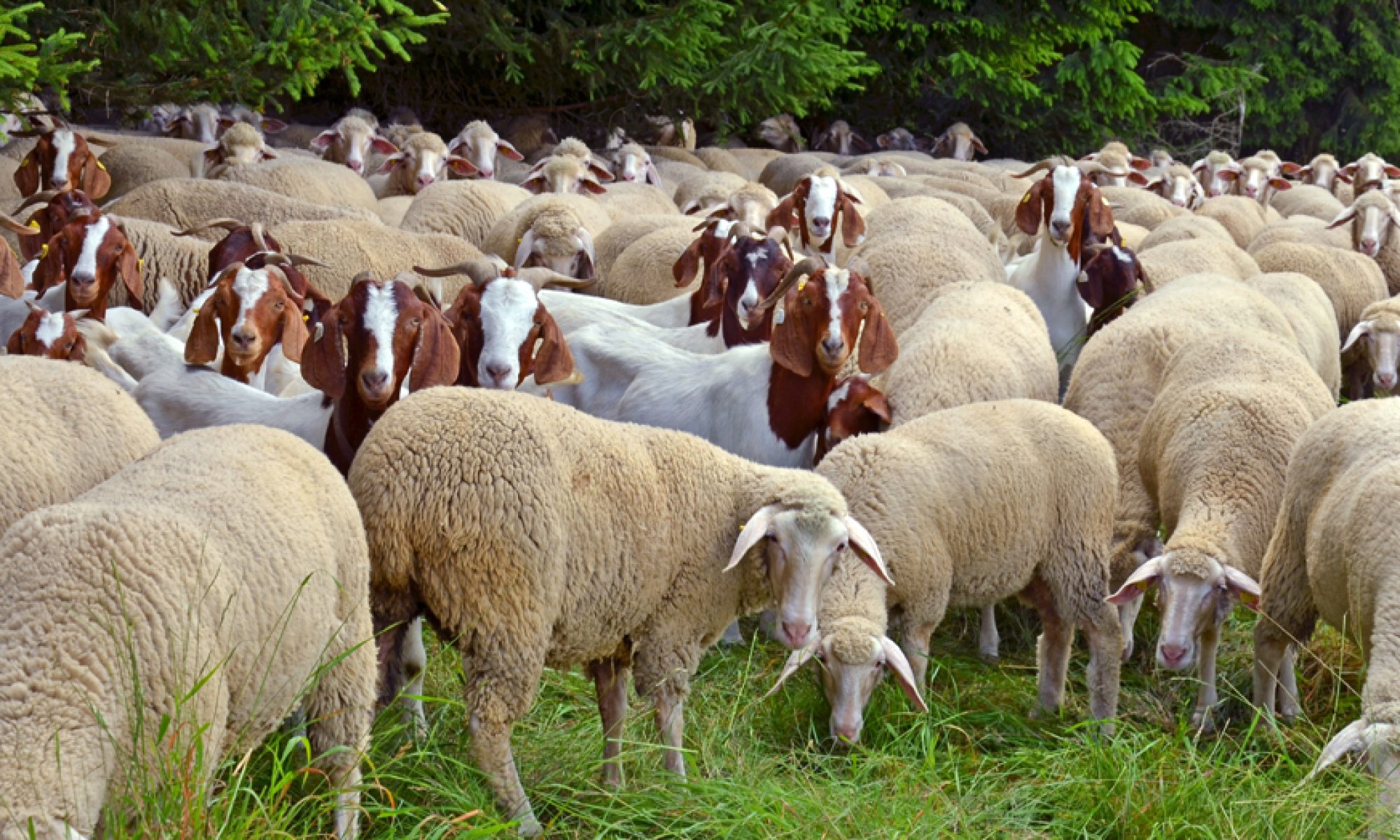The best way to reduce your personal carbon emissions: don’t be rich
There has been much talk about how individuals can fight climate change through making personal choices. Well, finally we have a study, reported by David Roberts in Vox, that proves out how silly most of that discussion has been.
The study concluded that the biggest impact on reducing your carbon impact was to “have one fewer child.” Everybody went up in arms about that and, as Roberts shows, there are three big problems with framing the problem as one of individual choices.
- Attributing children’s emissions to their parents is unworkable
- If you want avoided children, the developed world is the wrong place to look
- Not all children are created equal (that is, kids of the wealthy produce way more carbon emissions).
What becomes obvious is that “climate change is primarily being driven by the behavior of the world’s wealthy. The same disparity holds within countries, none more so than the US [where rich people] produce 10 times more per capita emissions than the wealthy in China. That is pretty mind-boggling.”
When the G20 leaders meet in a few days, they would do well to consider this graphic:
Eating less meat, flying less and driving less are of course good personal choices that primarily affect the local environment. Yet,
the very ones whose choices matter most seem least inclined to cut back on consumption. I mean, maybe you could persuade the developed-world wealthy to voluntarily downsize their lifestyles, but . . . have you met the developed-world wealthy? That doesn’t sound like them.
The obvious and most direct approach to addressing the role of individual choices in climate change is to tax the consumptive choices of the wealthy. For now, and for the foreseeable future, carbon emissions rise with wealth. Redistributing wealth down the income scale, ceteris paribus, reduces lifestyle emissions.

